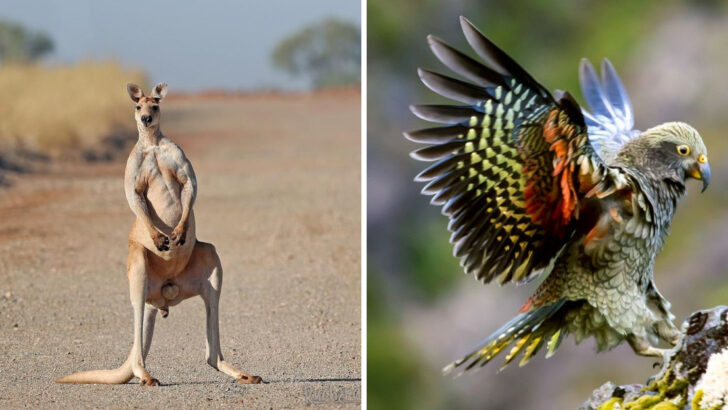Oceania isn’t just remote—it’s wildly otherworldly.
Picture a place where kangaroos hop through open plains, glow-in-the-dark fungi lurk in forests, and birds scream like chainsaws. This isn’t sci-fi—it’s Tuesday in Oceania.
Cut off from the rest of the planet for millions of years, this scattered collection of islands became nature’s private laboratory. And wow, did evolution get weird.
We’re talking marsupials that lay eggs. Parrots that mimic chainsaws. Fish that walk. No, really—they walk.
Every island holds a new surprise. Every jungle trail, reef shelf, and desert stretch is crawling, flying, or slithering with something you’ve never seen before.
So buckle up. Because these 22 wild animals are about to show you just how strange—and spectacular—Oceania really is.
Koala
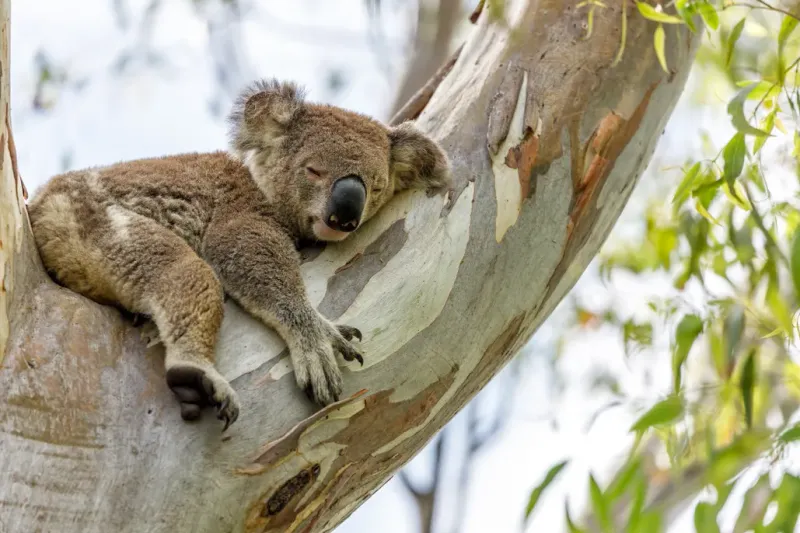
The koala, with its round nose and fluffy ears, is a quintessential symbol of Australia. These marsupials spend most of their lives perched in eucalyptus trees, munching on leaves that form their main diet.
Despite their sleepy appearance, koalas are nocturnal creatures with a keen sense of smell, used to select the best leaves.
Interestingly, each koala has a unique fingerprint, much like humans. While they may appear slow, their strong limbs make them adept climbers, essential for navigating the tall trees they inhabit.
Platypus
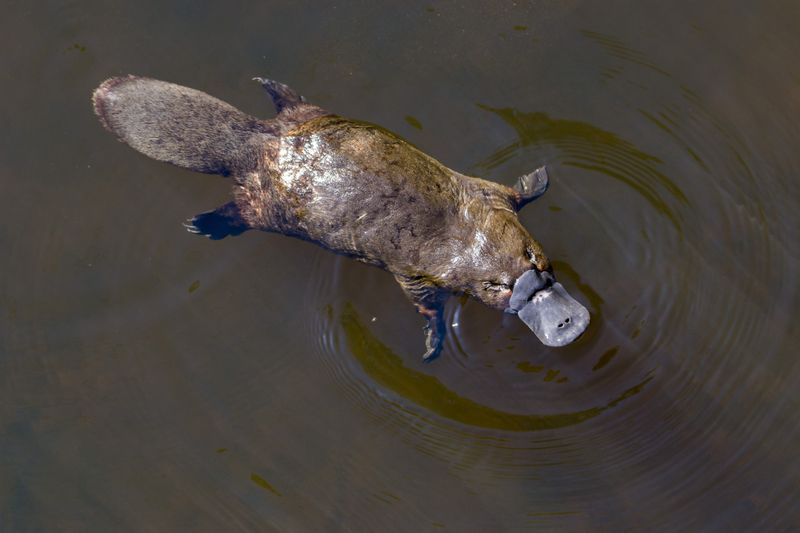
Few creatures capture the imagination quite like the platypus. With a duck-like bill, webbed feet, and beaver-like tail, this monotreme defies classification.
Found primarily in eastern Australia and Tasmania, the platypus is a master of the water, using its bill to sense prey. This egg-laying mammal is a solitary animal, often found foraging at dawn or dusk.
Its adaptability to both land and water environments showcases the evolutionary ingenuity of Oceania’s wildlife.
Kangaroo
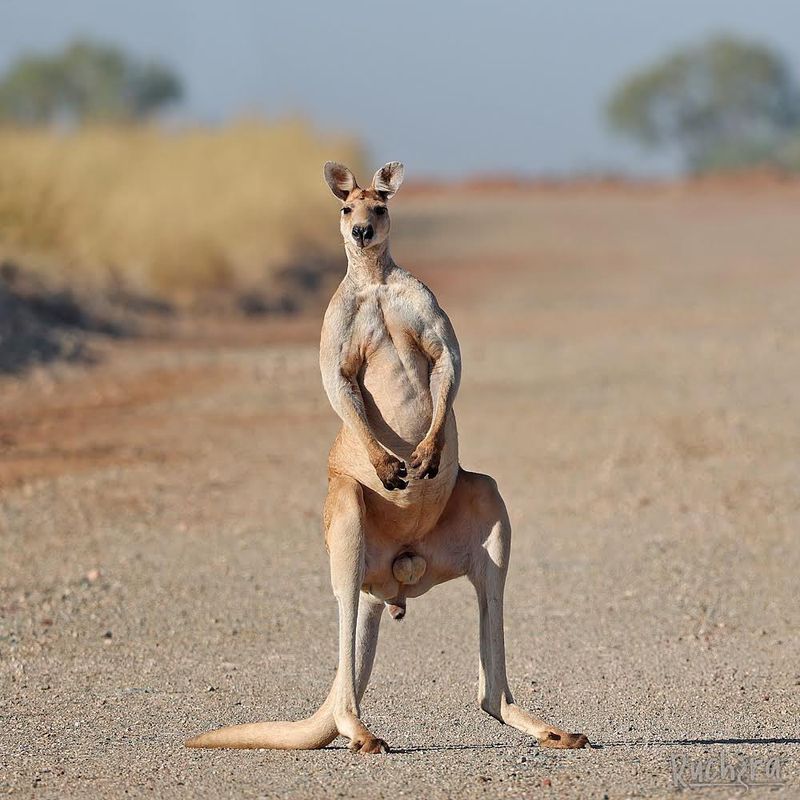
Bounding across the Australian outback, the kangaroo is an emblem of resilience and strength. Known for their powerful hind legs, kangaroos can travel great distances in search of food and water.
Social animals by nature, they often travel in groups called mobs. Their unique locomotion style and strong social bonds make them a fascinating study in animal behavior.
Emu
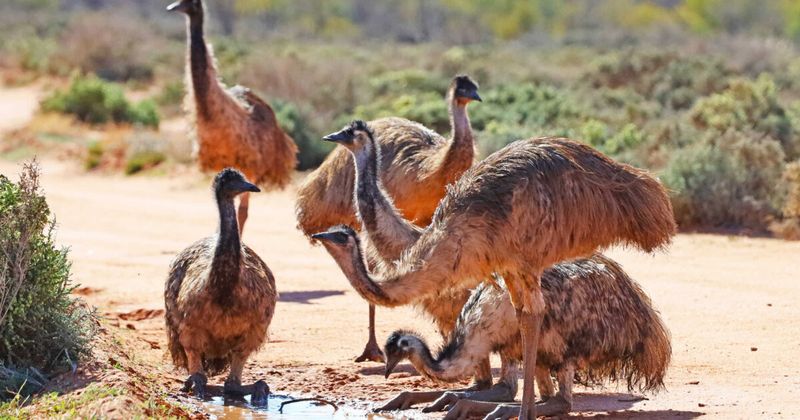
The emu, Australia’s largest bird, is an icon of the open plains. Standing tall with its long legs and curious eyes, emus are swift runners, capable of reaching impressive speeds.
Their diet consists mainly of plants and insects, providing essential ecological balance. Emus play a significant role in Indigenous Australian culture and storytelling.
Their ability to thrive in diverse environments is a testament to their adaptability.
Cassowary
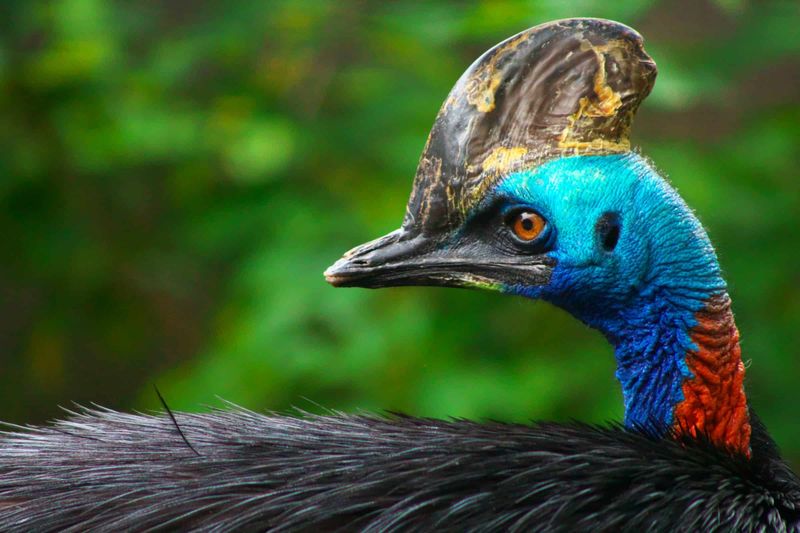
With a striking blue head and helmet-like casque, the cassowary is both beautiful and formidable. Native to the rainforests of northern Australia and New Guinea, these flightless birds are crucial seed dispersers.
Despite their beauty, cassowaries are known for their powerful legs and claws, which they use when threatened. Their presence in the rainforest is vital to maintaining the ecosystem’s health.
Dugong
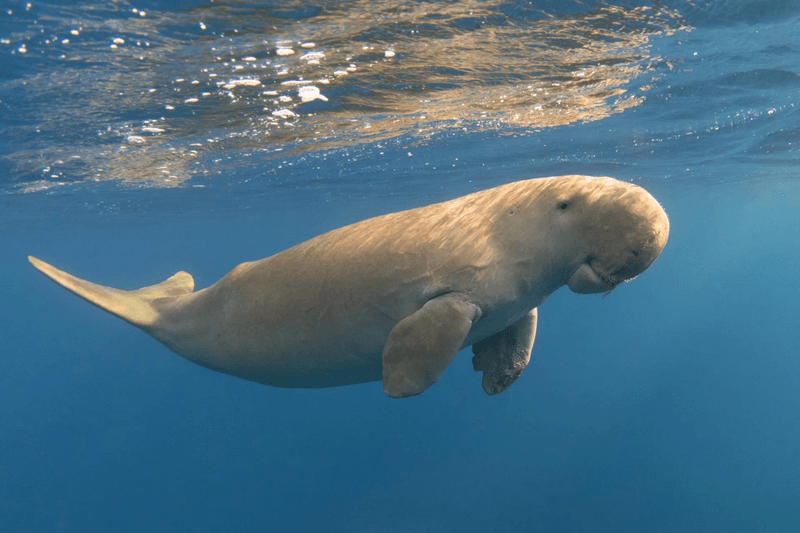
Often mistaken for a mermaid, the dugong is a gentle marine mammal found in the warm waters of Oceania. Grazing on seagrass, these sea cows play a crucial role in maintaining healthy marine ecosystems.
Though shy and elusive, dugongs are social animals, often found in small groups. Their serene presence in the ocean is a reminder of the delicate balance that sustains marine life.
Tasmanian Devil
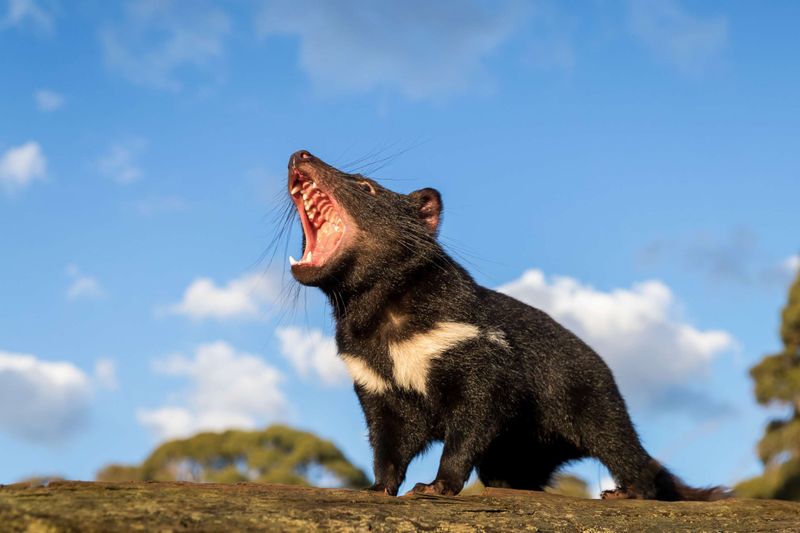
The Tasmanian devil, with its fierce growl and voracious appetite, is a symbol of Tasmania’s rugged wilderness. These carnivorous marsupials are known for their powerful jaws and nocturnal habits.
Despite their fearsome reputation, Tasmanian devils are essential scavengers, cleaning up carrion and maintaining ecological balance. Their survival is crucial to the island’s biodiversity.
Frilled-neck Lizard
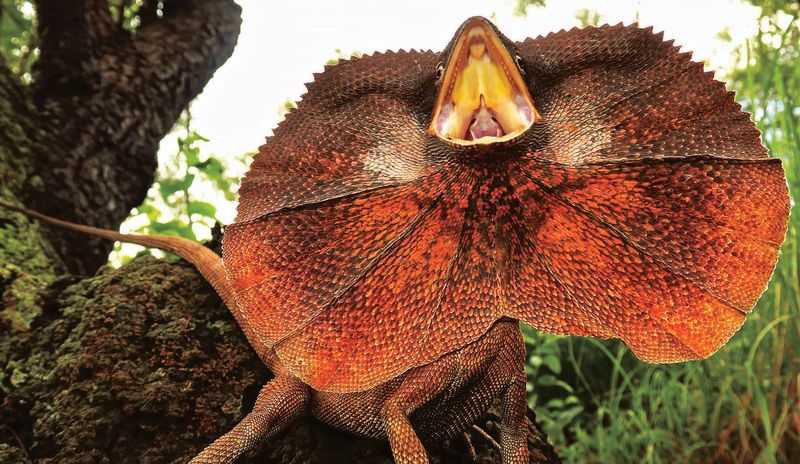
The frilled-neck lizard, with its dramatic frill and agile movements, is a standout reptile of Australia. When threatened, this lizard fans out its frill to appear larger and more intimidating.
In their native habitats, frilled-neck lizards are avid climbers and hunters, feeding on insects and small vertebrates. Their unique appearance and behavior make them a favorite among wildlife enthusiasts.
Kiwi
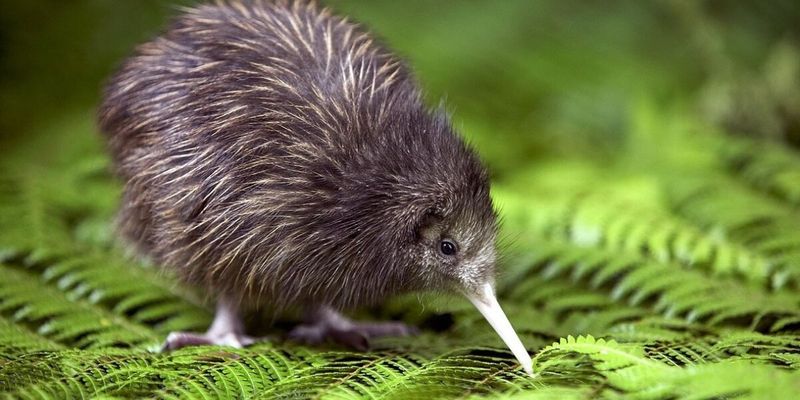
The kiwi, with its long beak and whisker-like feathers, embodies the essence of New Zealand’s rich wildlife. These flightless birds are nocturnal, known for their excellent sense of smell, which they use to hunt insects and worms.
Kiwis are deeply rooted in Maori culture, symbolizing uniqueness and perseverance. Their conservation is vital to preserving New Zealand’s natural heritage.
Tree Kangaroo
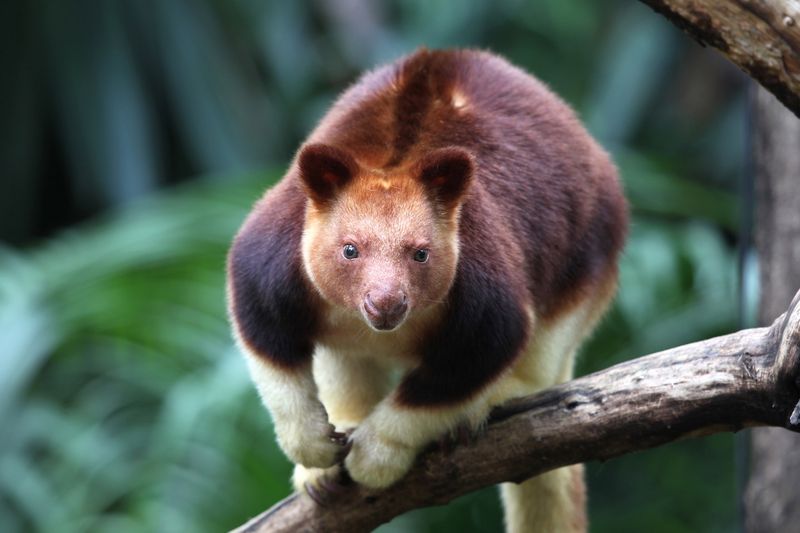
High in the treetops of Papua New Guinea and northern Australia, the tree kangaroo defies gravity with grace. Unlike its ground-dwelling cousins, this marsupial has adapted to life in the forest canopy.
Tree kangaroos are solitary creatures, feeding on leaves, fruits, and flowers. Their elusive nature and remarkable climbing skills make them a subject of fascination and conservation efforts.
Numbat
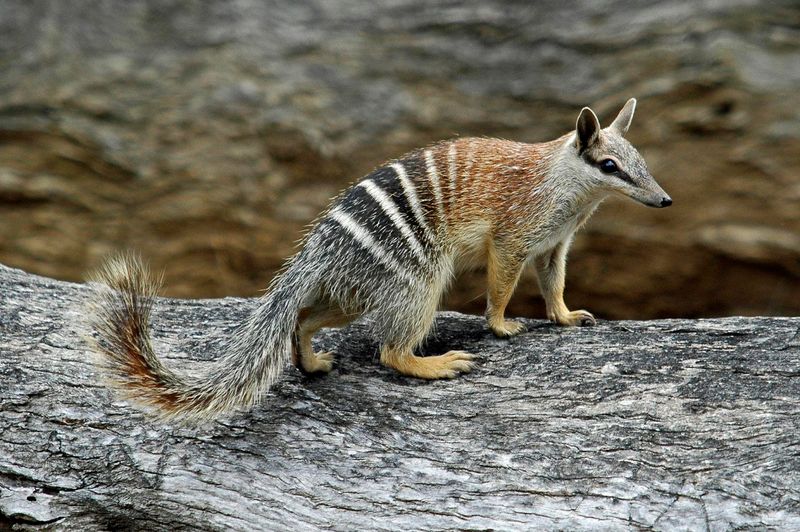
The numbat, with its banded fur and bushy tail, is an insectivore found in Western Australia. Unlike other marsupials, numbats are diurnal, actively hunting termites during the day.
These small mammals are solitary and territorial, relying on their sharp claws to dig into termite mounds. The numbat’s unique lifestyle and striking appearance have made it a symbol of the region’s diverse fauna.
Echidna

Echidnas, often mistaken for porcupines, are spiny monotremes with a curious snout. Found across Australia and New Guinea, they feed primarily on ants and termites, using their long tongues to capture prey.
These solitary creatures are known for their burrowing habits, creating extensive networks of tunnels. Echidnas play a crucial role in aerating the soil and controlling insect populations.
Sugar Glider
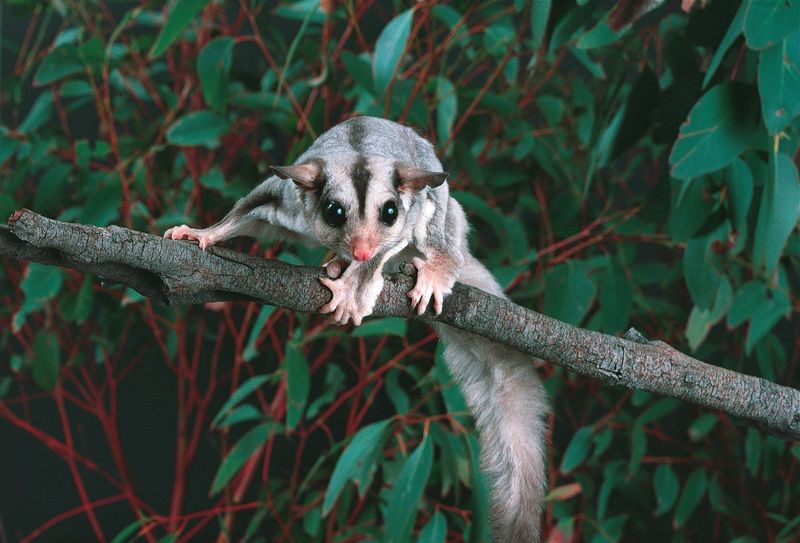
In the moonlit forests of Australia, the sugar glider takes flight, gliding gracefully between trees. This small marsupial, with its membrane of skin, can glide long distances in search of food and mates.
Sugar gliders are social animals, often living in family groups. Their playful nature and ability to navigate through the treetops make them a captivating sight.
Cuscus
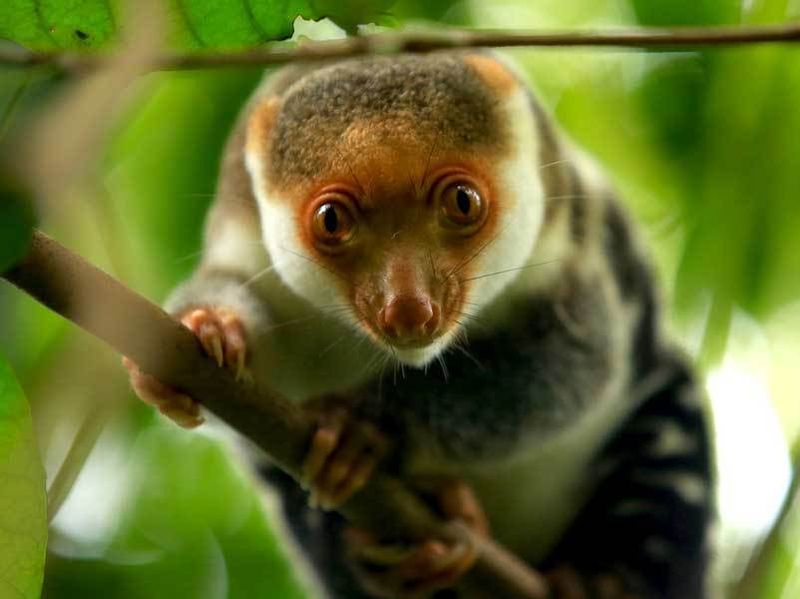
The cuscus, with its woolly coat and large eyes, is a nocturnal marsupial native to the rainforests of Papua New Guinea and northern Australia. Known for their slow movements and tree-dwelling habits, cuscuses feed on leaves and fruits.
Their gentle demeanor and striking appearance make them a cherished part of the rainforest ecosystem. The cuscus is a testament to the unique evolutionary paths taken by Oceania’s wildlife.
Quokka
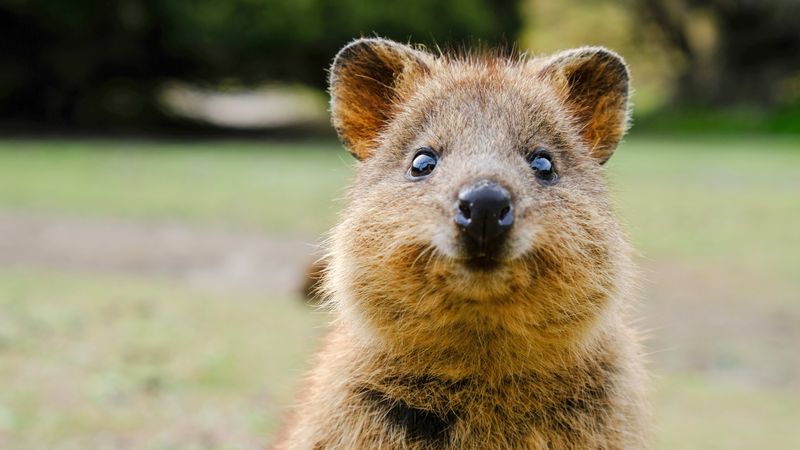
The quokka, often dubbed the world’s happiest animal, is a small marsupial with a permanent smile. Native to Rottnest Island, Western Australia, quokkas are known for their friendly nature and curious antics.
These herbivorous creatures are primarily nocturnal, feeding on grasses and leaves. The quokka’s cheerful disposition and social behavior have endeared it to locals and tourists alike.
Wombat
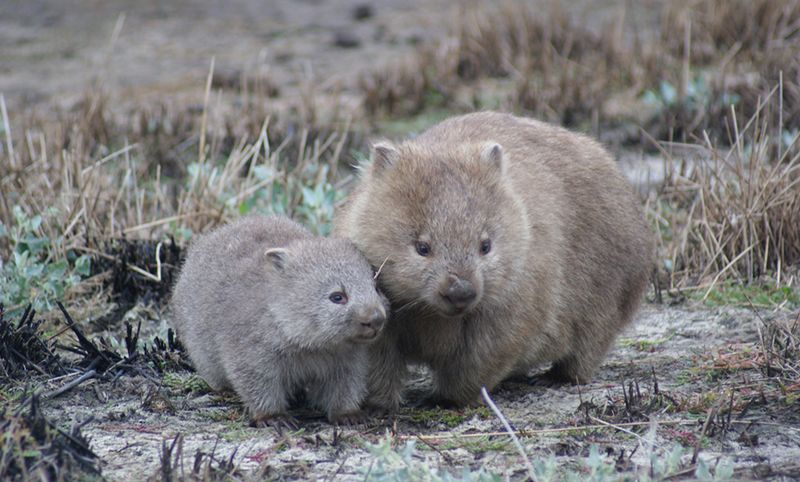
Wombats, with their chunky bodies and burrowing prowess, are a distinctive feature of the Australian bush. These marsupials are excellent diggers, creating extensive burrow systems for shelter and protection.
Wombats are herbivores, feeding on grasses, roots, and bark. Their unique cube-shaped droppings have fascinated scientists and contribute to marking their territory.
Wallaby
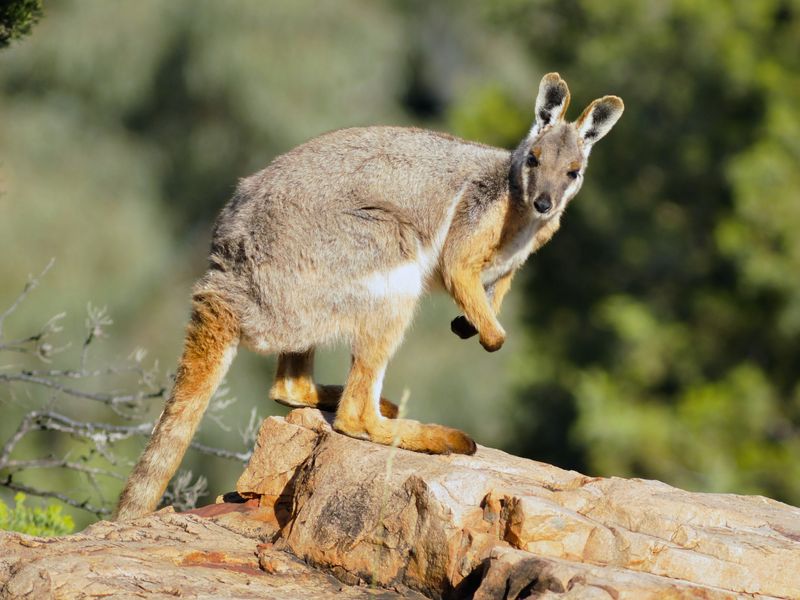
Wallabies, often overshadowed by their kangaroo relatives, are agile marsupials found in various Australian habitats. With their powerful hind legs, wallabies can cover vast distances, adapting to diverse environments.
These herbivorous animals are solitary and shy, often seen grazing at dawn and dusk. Wallabies’ adaptability and resilience make them a crucial part of the Australian ecosystem.
Cockatoo
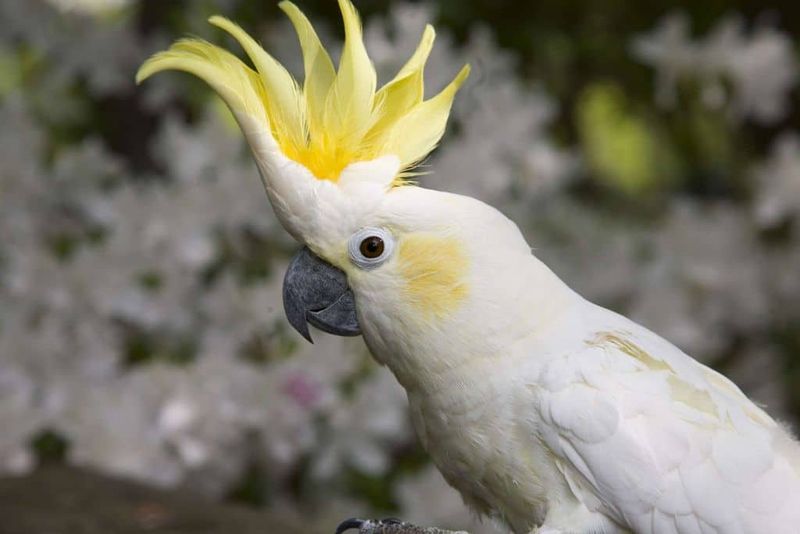
The sulfur-crested cockatoo, with its vibrant yellow crest and boisterous personality, is a familiar sight across Australia. Known for their intelligence and vocal abilities, these parrots can mimic a variety of sounds.
Cockatoos are social birds, often seen in flocks, foraging for seeds and nuts. Their playful antics and striking appearance make them a beloved part of Australia’s avian fauna.
Kea

Known as the world’s only alpine parrot, the kea is an inquisitive bird found in New Zealand’s mountain ranges. These intelligent parrots are famous for their playful behavior and problem-solving skills.
Keas are highly adaptable, foraging for food across diverse environments. Their unique adaptations to the harsh alpine climate make them a subject of fascination for bird enthusiasts.
Fairy Penguin
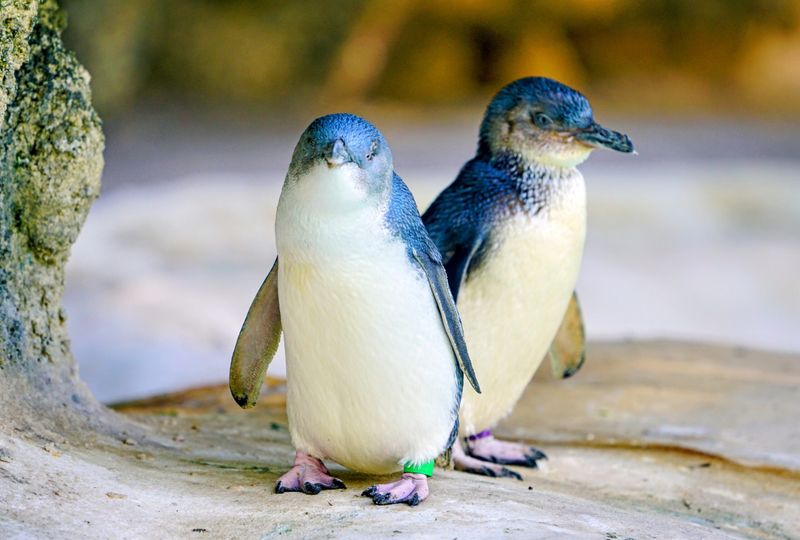
The fairy penguin, also known as the little penguin, is the smallest penguin species, found along Australia’s southern coasts. With their striking blue feathers and endearing waddle, these penguins captivate visitors.
Fairy penguins are social animals, nesting in colonies and communicating through a series of calls. Their nocturnal habits and charming appearance make them a highlight of Australia’s wildlife tours.
Kookaburra
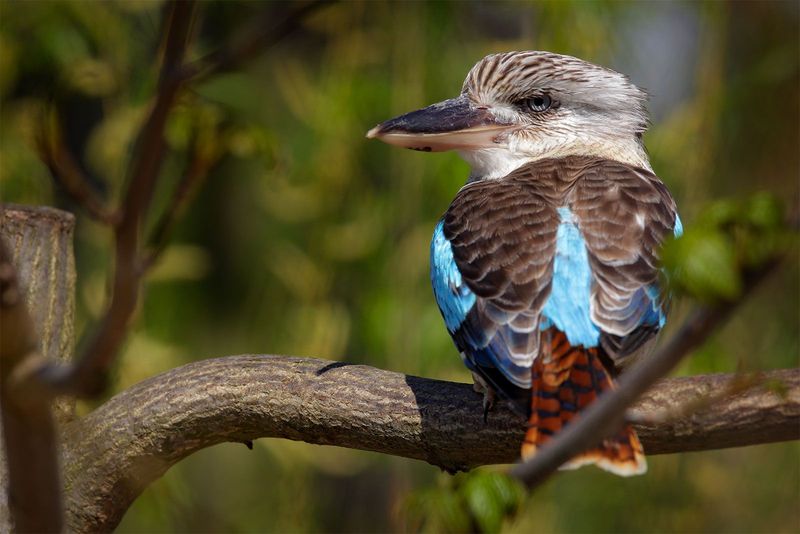
The kookaburra, famous for its distinctive laugh, is a true symbol of the Australian bush. These kingfishers are known for their territorial calls, echoing through forests and grasslands.
Kookaburras are carnivorous, feeding on small animals and insects. Their unique vocalizations and hunting skills have made them a beloved part of Australian folklore and culture.
Thorny Devil
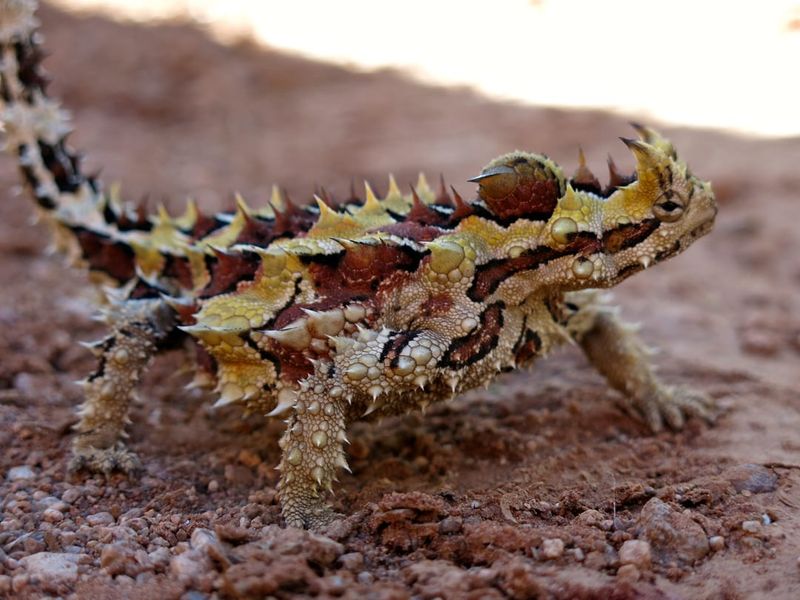
The thorny devil, with its spiky armor and desert camouflage, is a master of survival in Australia’s arid regions. These lizards feed primarily on ants, using their sticky tongues to capture prey.
Thorny devils are solitary creatures, relying on their spines for defense against predators. Their unique appearance and adaptation to harsh environments make them a fascinating subject of study.

